Morrow Collective
The UAE-based curatorial collective discuss their latest project, which looks back at ten years of art and the blockchain
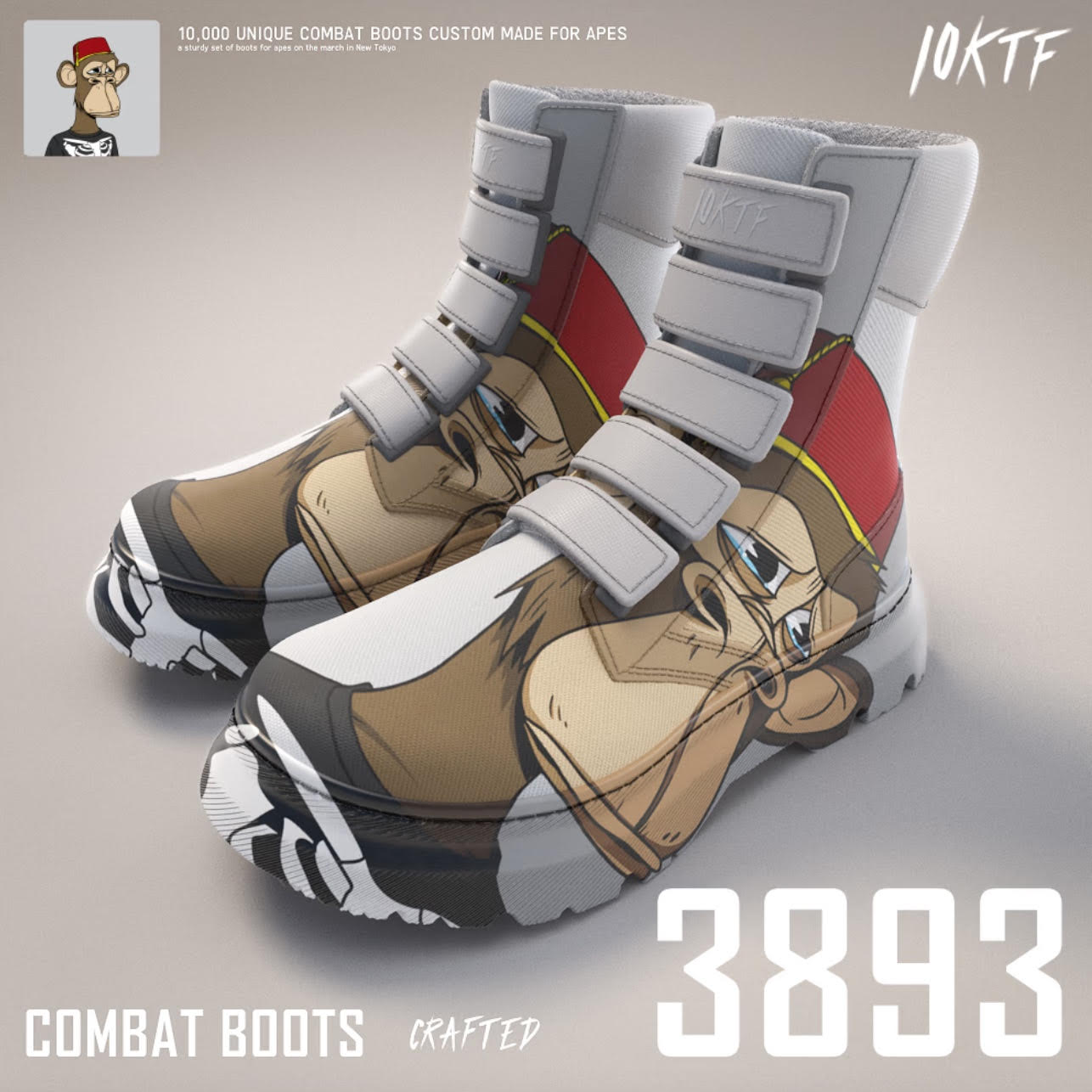
As a co-author of “Crypto Art: A Decentralized View,” published in August 2021 issue of art and science journal Leonardo, Blake Finucane played an important role in providing a measured, academic grounding for NFTs at a peak of the hype cycle. Her contribution drew on her master’s thesis in art history, which contextualized early experiments with the blockchain in the history of conceptual art’s engagement with contracts and finance. After graduating from the University of British Columbia in 2018, Finucane parlayed her expertise in crypto art into a position managing an NFT fund for Emergent Entertainment. She spoke to Outland about collecting for herself and for the fund, and how the art she loves most is often the worst investment.
I had a summer job in 2014 where I got paid in Bitcoin. I sold it all, so there was no financial upside. But I got exposed to the technology and it stayed in the back of my mind. When I started my master’s thesis in 2016, I was writing about how artists were using Instagram, Twitter, and other social media platforms, and I realized that crypto was the most cutting-edge technology I could write about. I thought the technology was able to answer questions that artists had been asking, at least since Duchamp, around the economic systems of art and patronage. Crypto could track where art was going and ensure that artists were paid. So it encompassed a lot of topics that weren’t being talked about. I had to write about it.
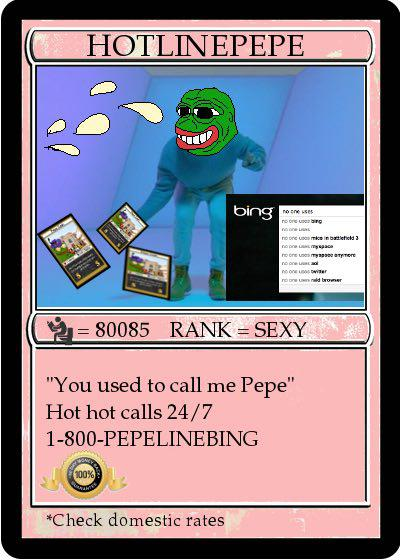
I started with Rare Pepes, which made sense to me because there was such a variety that people were making. I knew I should ground my research in conceptual art and contracts, so I looked at how artists had been using contracts as an artistic medium or to advocate for themselves throughout the twentieth century. I was writing about what was going to happen rather than reflecting on something that had happened, using historical references to ground my thinking on the possibilities. I thought this would be an obscure art movement. I never imagined that artists would make millions of dollars, and that this would overtake the cultural zeitgeist.
“Crypto Art: A Decentralized View”was a unique piece that put a stamp on an era. Everyone involved was coming from very different perspectives: artists, art historians, the founders of SuperRare. We wrote and submitted the paper in 2019. Getting it was published in Leonardo was such an honor. I got to work with T’ai Smith, my thesis advisor and my professor, on the historical grounding of crypto art. As an art historian, it’s nice to be invited to the table with artists, creators, and entrepreneurs. It’s so rare that we’re included.
I now run an NFT fund. I also advise a gaming project called Resurgence, a web3 MMORPG. I’m active not only on the investment side but on the building side. Being able to do both is a dream. What’s valued in my work now is that I was working through these ideas and concepts so early. Whether I was working on them from an economic or sociological or art-historical perspective doesn’t matter so much.
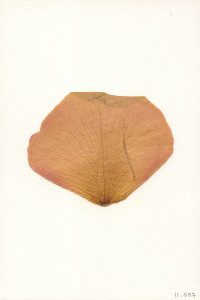
In my own collection, the NFTs I’ve bought that I love as art have been awful investments. I’ve lost money on them, but I’m happy that I’ve supported the artists and I feel good when I look at my wallet. That’s not to say that I don’t get joy from the pieces purchased as investments, but I use a different playbook. I do love my Bitchcoin, and my NFT from Damien Hirst’s The Currency. I kept the NFT rather than trading it for the painting—I’m all in on NFTs, and my wallet has to speak for me. When people see the Hirst there, they know I’m committed.
Because of my thesis I can appreciate NFTs that are engaged with market mechanics. Warhol and Duchamp were among artists who played with the idea that art and representations of money are the same thing. NFTs allow the purest expression of that because the tokens that represent art and currency move on the same rails. Depending on your perspective, that can be incredibly scary or a big opportunity. People have done so many different things with it. There are very artful ways that people have made businesses from nothing. The creators of Bored Apes really impacted culture, particularly through community engagement, so you certainly could say there’s something of relational aesthetics to the project. I’ve gone to a lot of the Bored Ape events. I’ve been interested in them because they’re such a central point for NFTs and what they’ve become. From a day-to-day perspective, I wouldn’t say I’m involved. I haven’t changed my PFP—I’m not ready to flex so publicly, or to be completely associated with one particular asset.
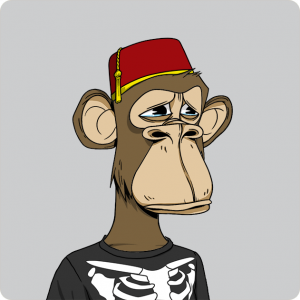
We can see a line from modernist abstraction to the generative art now being made with crypto technology. My favorite generative art project is Snowfro’s Chromie Squiggle (2020), because it’s the genesis. Everything we now think of as generative art can be traced back to that. And Erick Calderon’s creation of a platform for generative art with Art Blocks is exceptional. For my fund I collected Chromie Squiggle, Fidenza (2021), and Ringers (2021)—the absolute classics. With Ringers in particular, the work captures the deep care that Dmitri Cherniak put into crafting the algorithm over several years. I love the variety of outputs that Tyler Hobbs was able to achieve in Fidenza. On Art Blocks the minter is part of the creation process, so it’s collaborative in a very unique way that’s specific to crypto and generative art.
The works I love and lost money on are in both my personal and fund wallets. I don’t ever want to sell them. The value judgments now for crypto art are very much economically based. That’s true of the traditional art market as well, but with NFTs it’s more immediate. When you go to OpenSea, right away you see the floor price. So it’s hard to separate the price from the quality of the work. Artists are expected not only to create work that’s meaningful to them, but also to be superstar marketers, to be on Twitter Spaces all the time, to be actively networking in the space.
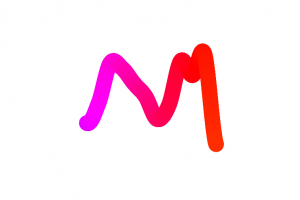
My favorite is my piece from Godmin’s Heaven.Computer (2021). That work is so exceptional. It’s a series of 8,600 works, with an emotion I’d never seen before—a yearning that was so visceral. I’m still really moved by the work. The artist definitely didn’t market it in the way that NFT collectors expect. I don’t think there’s anything wrong with that. But from an investment perspective, it makes a difference, at least in this current market. The buying channels are so immediate. People value the work in terms of how active artists are in the space, and how good they are at infiltrating those influencer networks.
The things that excite me now are how people engage communities. Farming other communities is an interesting approach. I think 10KTF has done that in a brilliant way, making NFTs that function as accessories or even access passes to certain blue-chip assets, and that can only be minted by holders.
Community management and engagement are so important, because at the end of the day NFTs are social coordination mechanisms. There are a lot of projects where I’m excited about seeing how they’re able to execute user acquisition with ownership as the pillar.
—As told to Brian Droitcour
